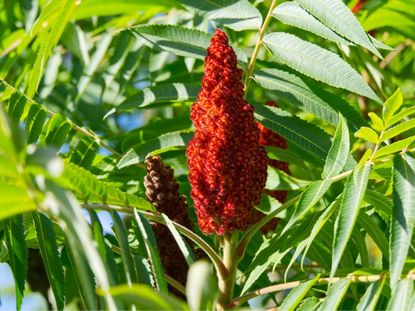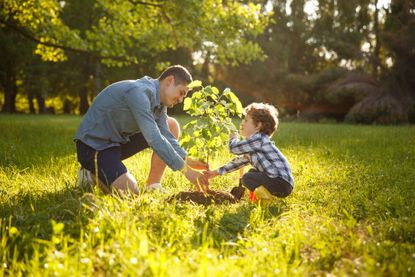Trees
Trees are normally a welcome addition to the home landscape, so finding tree growing information is an essential part of their care. Whether you are needing this information for planting trees, the pruning of trees, or getting rid of ornamental trees that have outlasted their welcome, the following pages should help. Keep reading to find the type of tree care information that meets your needs. Our tree growing information continues to grow, so if you don’t find it now, keep checking. New articles are regularly added.
Explore Trees
-
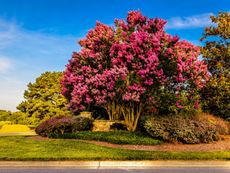
Best Crepe Myrtle Pruning Time: When To Prune Crepe Myrtle
After deciding to prune the crepe myrtle trees in their yard, the next question is normally "When to prune crepe myrtle trees?" The information in this article can help with that.
By Heather Rhoades
-

Fragrant Sumac Care And Growing Tips
Low-growing fragrant sumac makes a lovely native addition to the home garden. Learn all about growing it here.
By Teo Spengler
-
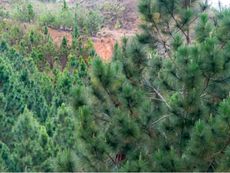
Caribbean Pine Tree Info
Meet the Caribbean pine, a tropical tree with many uses that only grows in warm wet regions. Click here to learn more about it.
By Teo Spengler
-
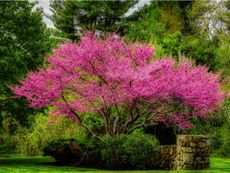
Native Redbud Tree Varieties And Cultivars For Every Garden
Redbuds produce beautiful flowers, don’t take up much room and don’t require much water. Click to learn about this perfect native tree.
By Mary Ellen Ellis
-
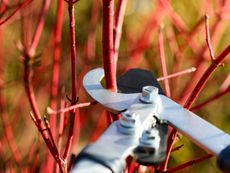
Rejuvenation Pruning Red Twig Dogwood
Red twig dogwood provides beautiful winter color, but it can quickly get out of control. Read on to learn how to prune red twig dogwoods.
By Laura Walters
-
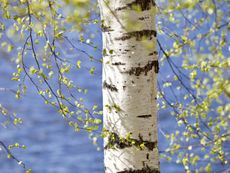
Why Native Trees Are Important And Why You Should Plant Them
Planting native trees on your property can be beneficial, but it’s good to explore which ones to plant and where they belong.
By Teo Spengler
-
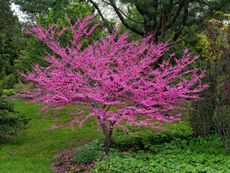
Growing Redbud Trees: How To Care For A Redbud Tree
Growing redbud trees is a great way to add brilliant color to your landscape. Click here to learn how to care for a redbud tree.
By Susan Patterson
-
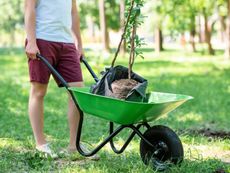
Successfully Planting Trees In Summer
Can you plant trees in the summer? The answer is yes for some species. Read on to learn about the best trees to plant in summer.
By Teo Spengler
-
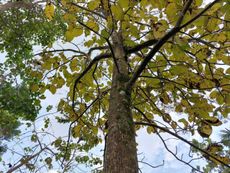
Teak Tree Facts: Information About Teak Tree Uses And More
Teak is mostly known for its wood, but the trees can look great in a landscape too. Click here for more about teak care.
By Teo Spengler
-
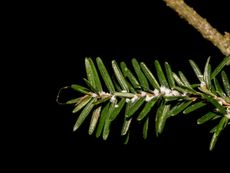
What Are Wooly Adelgids: Learn About Hemlock Woolly Adelgid Treatment
Hemlock woolly adelgids can seriously damage or even kill hemlock trees. Is your tree at risk? Click here to find out.
By Jackie Carroll
-
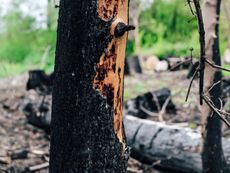
Assessing Fire Damage To Trees: Tips On Repairing Burnt Trees
If your trees have been damaged in a fire, it's important to spring into action. Click to learn how to save burned trees.
By Teo Spengler
-
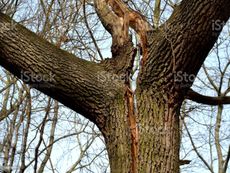
Trees Hit By Lightning: Repairing Lightning Damaged Trees
Trees are the things most commonly struck by lightning. So what do you do when it happens to your tree? Click here to learn more.
By Teo Spengler
-
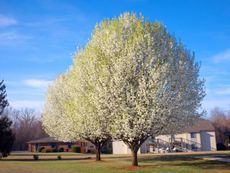
Natives That Are Great Bradford Pear Tree Alternatives
Now banned in Ohio and other states, read how to replace Bradford pear trees with a variety of other flowering trees.
By Teo Spengler
-
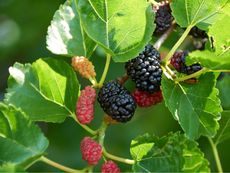
Mulberry Tree Care – Learn How To Grow Mulberry Trees
Interested in learning about how to grow mulberry trees? This article will help get you started with mulberry tree care.
By Amy Grant
-
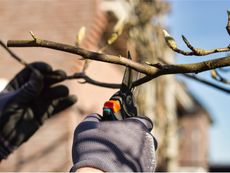
How To Trim An Overgrown Magnolia Tree
To find out if and how an overgrown magnolia tree can be pruned, click here.
By Teo Spengler
-
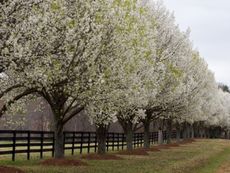
Why Are Bradford Pear Trees So Bad They’ve Been Banned?
By Laura Miller
-
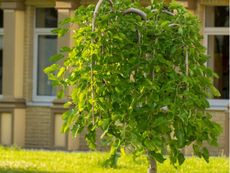
What Is A Weeping Mulberry: Learn About Weeping Mulberry Tree Care
Once used to feed valuable silkworms, the weeping mulberry is a uniquely beautiful addition to any landscape, is easy to grow, and produces delicious berries.
By Amy Grant
